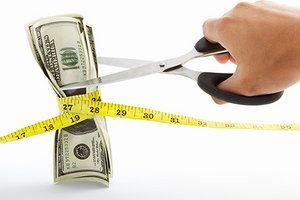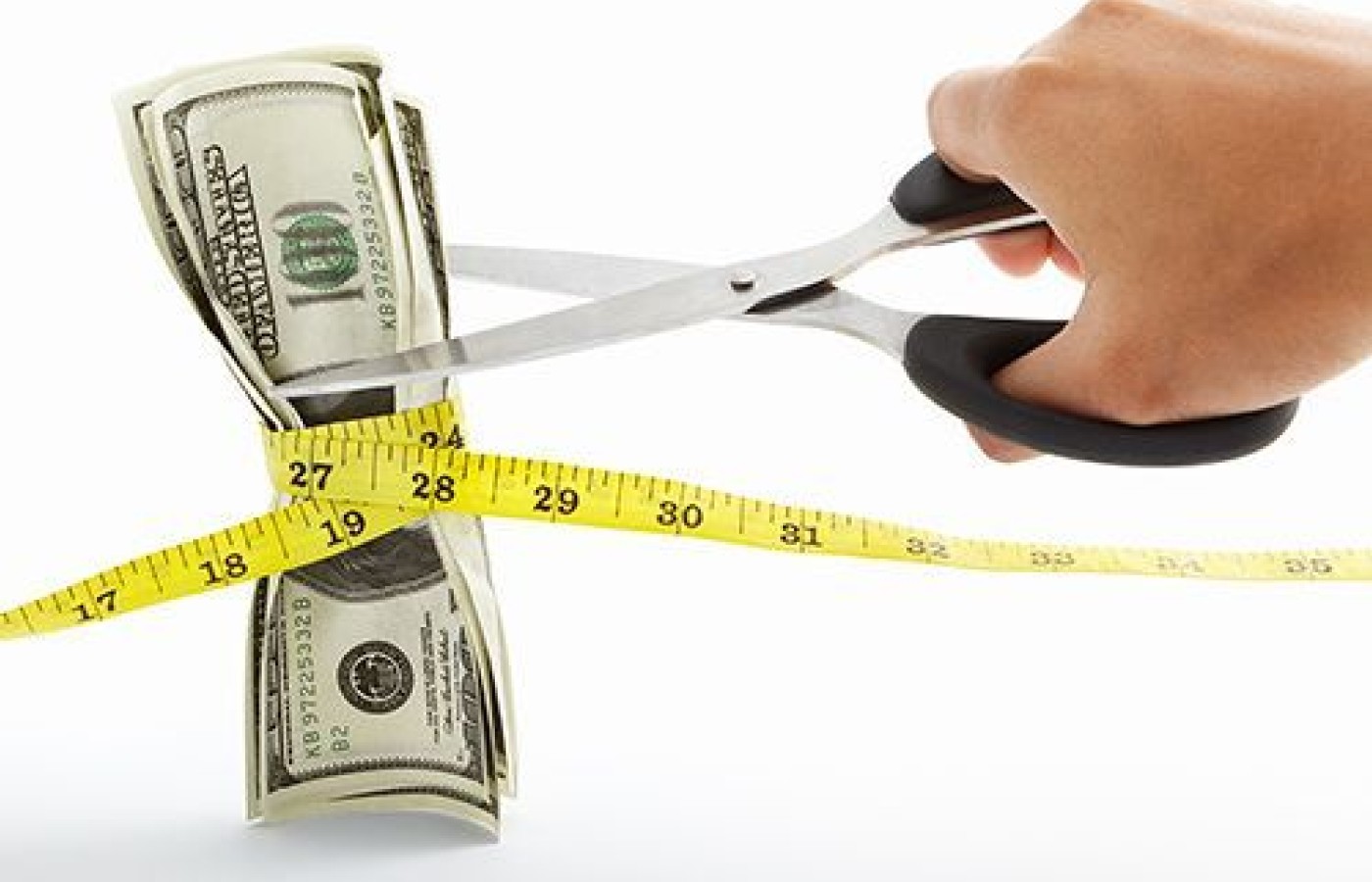Whether you accept it, avoid it or live somewhere in between, insurance coverage has become a defining issue for our profession. Patients increasingly expect to use their benefits, practitioners want to be compensated fairly for their time and expertise, and the system itself remains – at best – fragmented. The encouraging news is that coverage has expanded in meaningful ways. The challenging news is that reimbursement, across the board, remains inadequate.
Till Debt Do Us Part
Individuals may view the concept of debt differently. The ability to eliminate debt may prove to be daunting due to the lack of understanding the true and final costs of borrowing and not setting goals on how best to approach the task of its elimination.
When I graduated from chiropractic college in 1981, loan rates at banks were 18% to 21%. However, the need to obtain money was an important and necessary action step to open an office. It is the same goal for you when you finish your acupuncture education and are thinking about opening your own practice. Realizing it takes time to establish a practice, the decision to open with bare bone (no pun intended) necessary equipment and making the office as inviting and functional as possible vs. grandiose and opulent was paramount. As earned income became available, better equipment, decorating, more staff, etc. could be added. One's goal is to meet monthly expenses. This entails becoming diligent by keeping expenses low and saving where possible, but without sacrificing quality of service.
A priority after paying all monthly expenses is developing a financial cushion for unexpected expenses by funding a three to six month emergency account. Opening and depositing into separate bank accounts for office, personal, tax and emergency expenses allows for paying and funding specific needs. Reducing debt, i.e., credit card balances or school and office loans can be the next goal. An option is to get rid of smaller amounts of debt, even if it is at a lower interest rate vs. paying down larger debt at higher rates. The ability to reduce debt and the number of loans may serve as a catalyst to help you remain on track and further reduce remaining debt owed. Essentially, beginning the process entails adding an additional payment earmarked specifically to principal thereby reducing the outstanding loan and ultimate payoff period. In addition, make sure to pay the required monthly payments of all outstanding loans.
Ultimately, reducing debt and continuing to save requires staying the course; paying credit cards in full when due, exploring life insurance opportunities by leveraging the premium for necessary coverage and possible cash value, saving for your children's education, contributing to a retirement fund, etc. If you are self employed or have access to a company plan, it is prudent to begin participating in a qualified retirement plan as early as possible. Becoming diligent and aware of income vs. expenses and modifying your plan as needed, allows for being profitable and remaining aware of investing and saving opportunities. Asking for help and guidance from professionals including a Certified Financial Planner, accountant or an estate attorney may prove to be a wise decision. After a thorough review, everyone should understand your needs, goals and risk tolerances for investing, saving, estate planning or charitable giving.

Despite some pundits stating debt is okay to maintain, becoming debt free allows you to share time and thoughts freely without fear of being buried under the burden of debt. Volunteering your time and giving financial assistance to causes which align with your mantra is good for you and the charity. Financial health may be compared to being on a diet. If you spend more than you earn, you develop debt. If you save more than you spend, you have a surplus and possess opportunities to explore and share. Placing yourself on a financial diet takes commitment, diligence, fortitude and goals. The journey begins after you take the time to examine where you are and where you want to be, speaking with professionals who understand your goals, and sticking to your plan!



